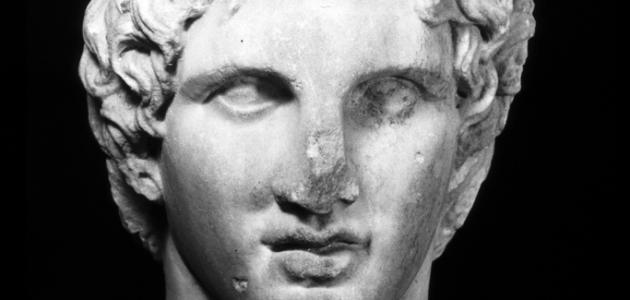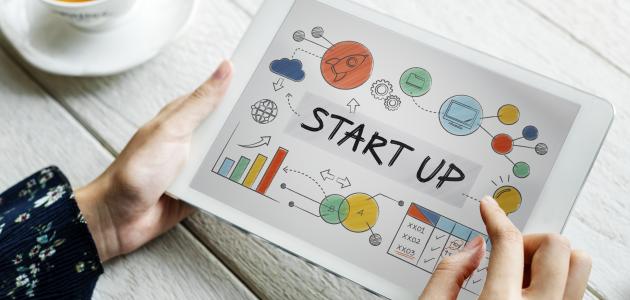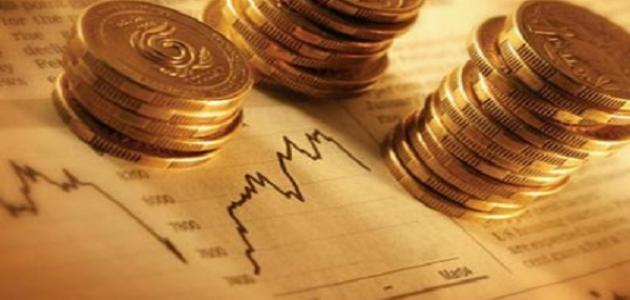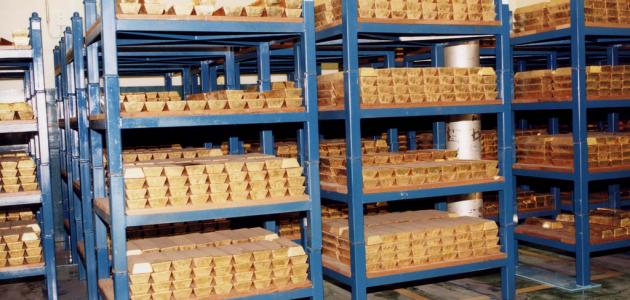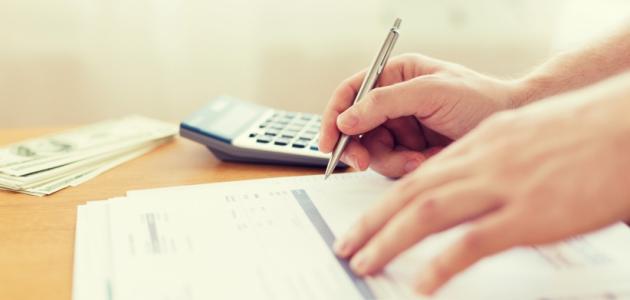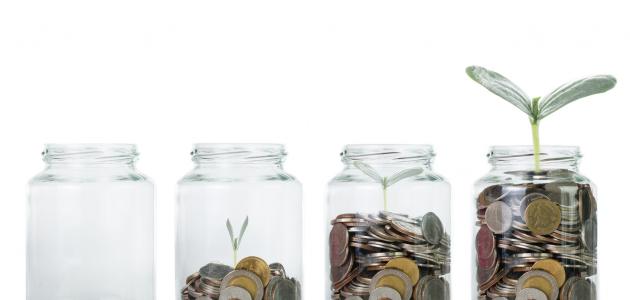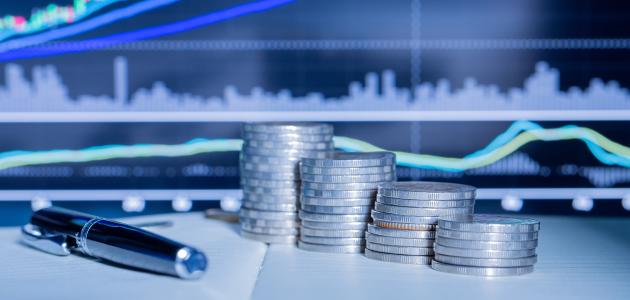money
Money is a means through which goods and services are exchanged between people, and money is a purely social and economic phenomenon. It occupies the most important part of economic activity, which is by nature a social activity as well. Members of society deal with money and accept it as a general means of exchanging goods and measuring the value of things. Money appeared as a result of the significant increase in exchange operations for goods and services that were carried out through barter, which in turn increased. Difficulty over time.
Money can be defined as anything that can play its role as a medium for the exchange process, or it is anything that people in society accept as a medium for exchange and measuring the value of things. In order for something to be considered money and be dealt with, it must meet the following conditions:
- General acceptance among members of society. The thing that is intended to be treated as money must be accepted among members of society as a means of paying and exchanging the values of goods.
- divisibility of something; The thing must be divisible into smaller values of similar value in order to facilitate small exchanges.
- The difficulty of spoiling money. The thing that performs the function of money must not be easily damaged as a result of people constantly using and exchanging it.
- Homogeneity of units, each unit of the thing must be able to replace the other unit and become a substitute for it.
- Ease of carrying and transporting from one place to another. Money must be portable; So that a person can carry and transport sufficient quantities to purchase high-value goods.
Money plays a major role in an individual's economic and social life. As all members of society deal with it in their daily lives, people work and work hard in order to obtain money, and the individual also dispenses with an amount of his money in exchange for obtaining a service or commodity, and money plays a major role in determining the level of economic activity of societies; An individual's income and savings are considered money, just as the expenses and revenues of any project are considered money, and the government's expenses and revenues are also money, and they all share in the members of society accepting them and dealing with them.
Read also:Definition of business administrationThe first to put his image on the coins
Alexander the Great, the Greek king, was the first to print his image on coins after achieving great conquests and victories. Alexander the Great was one of the greatest kings in history. He was nicknamed three times: the Macedonian, the Great, and the Third. He was raised in a special way that distinguished him from the rest of the kings of Macedonia. He studied at the hands of the philosopher Aristotle, and derived his qualities from his father, mother, and teacher. He was distinguished by his mature thinking, his quick temper, his love and passion for learning, in addition to his patience, determination, and ability to handle matters.
Alexander took over the rule of Macedonia after his father was killed in the year 336 BC. He was not more than twenty years old. Despite his young age, he succeeded in standing up to the revolts that took place in the city of Thebes and destroyed the city. In the year 337 BC, Alexander won the presidency of two allies. Military personnel in Thessaly and Corinth, and this facilitated his move to conquer the East, in addition to the immunity of Macedonia and the military preparations available there. Alexander invaded the Persians and defeated them despite their possession of a large fleet that controlled the region of the eastern basin of the Mediterranean Sea. However, Alexander saw in the Persians something that made him feel weak. This encouraged him to invade them, and in doing so he relied on controlling their land bases in order to weaken and control them. Alexander continued his victories throughout his life, until in the last stages of his life he decided to invade India, which he knew nothing more about than that it was the land of the Punjab, according to what he had taught him. Aristotle, in the year 323 BC, arrived in Babylon, and his last achievements there were that he carried out scientific exploratory missions, and began planning the invasion of the Arabian Peninsula. However, he fell seriously ill and died in July 323 BC at the age of 33 years, and his rule lasted for 12 years.
Read also:Definition of economicsEvolution of money
In ancient and primitive times, individuals achieved self-sufficiency by producing simple goods and services themselves. With the development of life, people became specialized in producing goods. Each of them specialized in producing a specific service or commodity and divided the work among themselves. Then barter appeared and developed, so individuals began exchanging Goods. Barter is defined as the process in which services and goods are exchanged without using money as a medium of exchange. Also, the good may be surplus to a person’s need, or he may need it but he has a more urgent need for the other good. Individuals have used different goods for barter throughout the ages, such as exchanging Stones, leather, salt, and many others. This was followed by the use of some metals in barter operations, such as copper, gold, and silver, and their value was determined by their weight and number, and either in the form of bullion or various other forms.
Barter requires a large market in which all the goods and services that individuals desire are available. Which led to facing some problems regarding it. As societies developed and the needs of individuals increased and diversified, barter could not keep pace with the process of development. Which led to the emergence of money. Money first appeared in the city of Babylon approximately 2500 years BC. It also appeared in China approximately 2100 years BC. In the seventh century BC, money appeared as minted currency for the first time in the city of Lydia, located in western Turkey, and that was during the reign of King Croesius. It was minted from gold and silver with a specific weight and degree of purity, and was approved, officially stamped, and circulated.
Read also:Definition of financial planningThis was followed by the appearance of Greek coins. In the year 630 BC, the Greek coin appeared with animals and religious and political symbols drawn on it. The Greek coin also spread in the countries located on the Mediterranean Sea after it was conquered by Alexander the Great. Alexander the Great was the first king to print his image on the coin, and in In the seventeenth century, the money issuing machine was invented and was characterized by having serrated sides to prevent counterfeiting. As for the appearance of paper money, it was in the form of paper receipts given by gold and silversmiths when people kept the gold and silver with him. He gave them a receipt that represented the means of paying their value. Then economic life began to develop more and more. Paper money that could be converted into gold began to be issued, followed by the issuance of paper currencies by the highest financial authorities in the country, represented by the Central Bank. These currencies were distinguished by the fact that they could not be converted into gold, but rather their function was exchange only.
Money functions
Money is an important tool of economics and politics, and it has multiple functions, the most important of which are:
- Money is a tool for repaying debts and loans: Money is the primary means through which a debt or lending agreement is concluded, and this requires that the value of money be relatively stable.
- Money is an intermediary for exchange operations: Through it, goods are exchanged in the markets instead of barter operations, which are known for their difficulty and the resulting problems between individuals. Money is characterized by its large and general purchasing power.
- Money is a means of calculating and measuring the value of things: The value of goods and services is determined by money; Which leads to ease of exchange between individuals and in markets.
- Money is a storehouse and storehouse of the value of things: Money allows those who own it to buy the things they need and obtain services. The value of money can also be stored in the purchase of stocks, buildings, and other things that may be better and more useful than keeping the money as it is.
